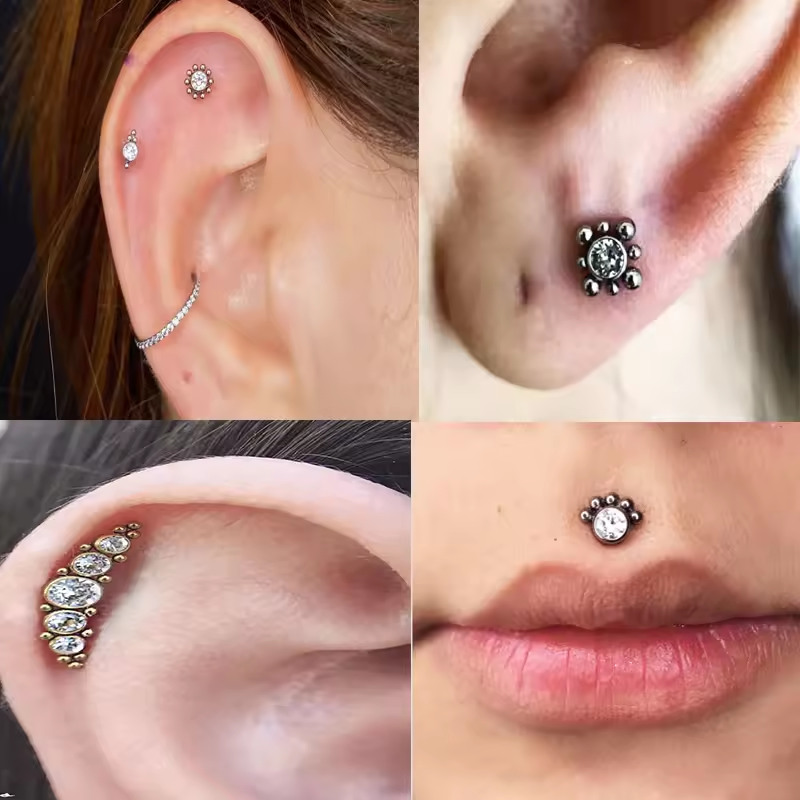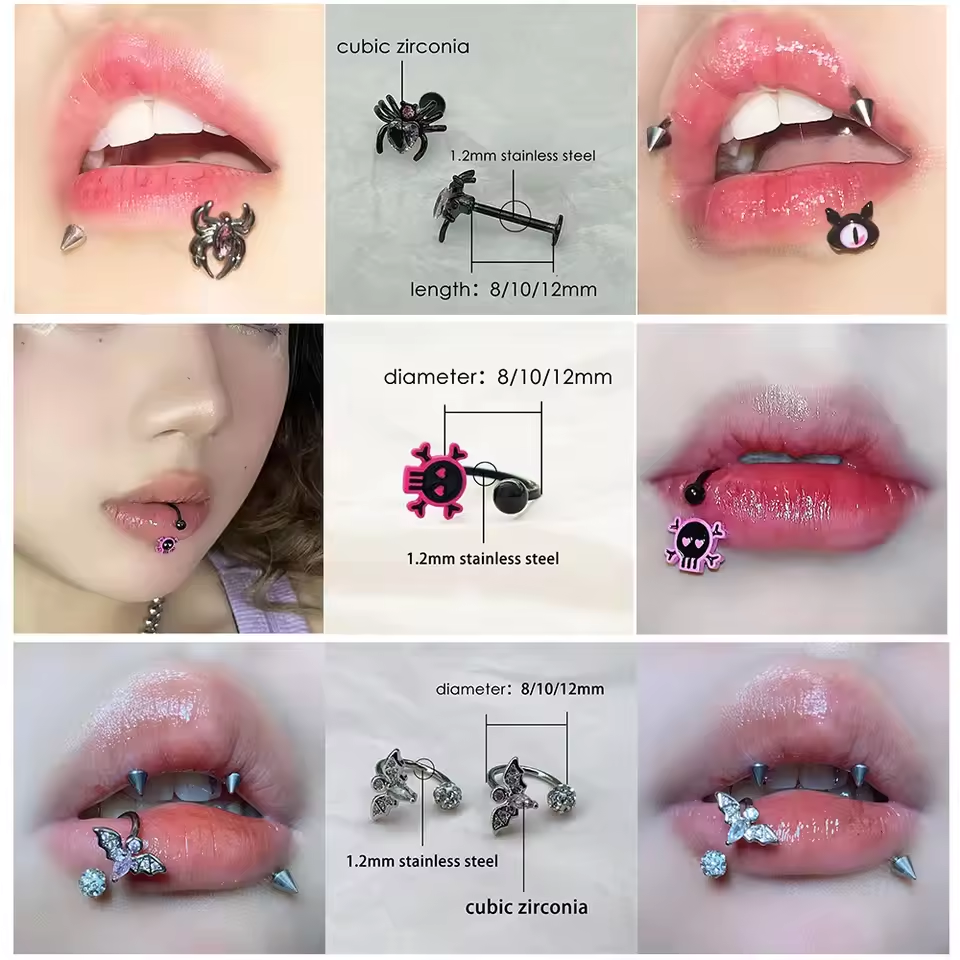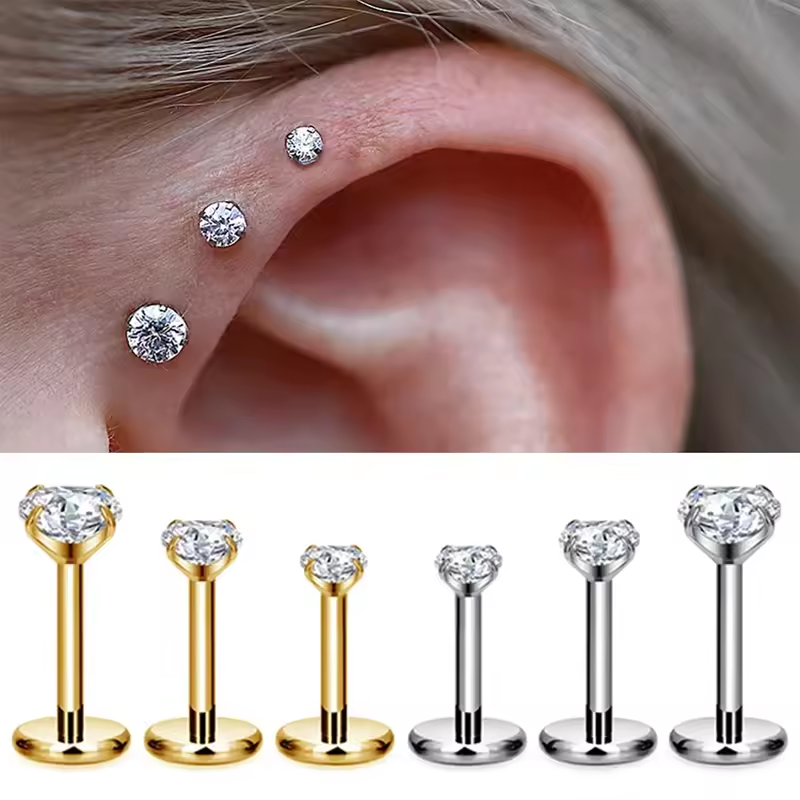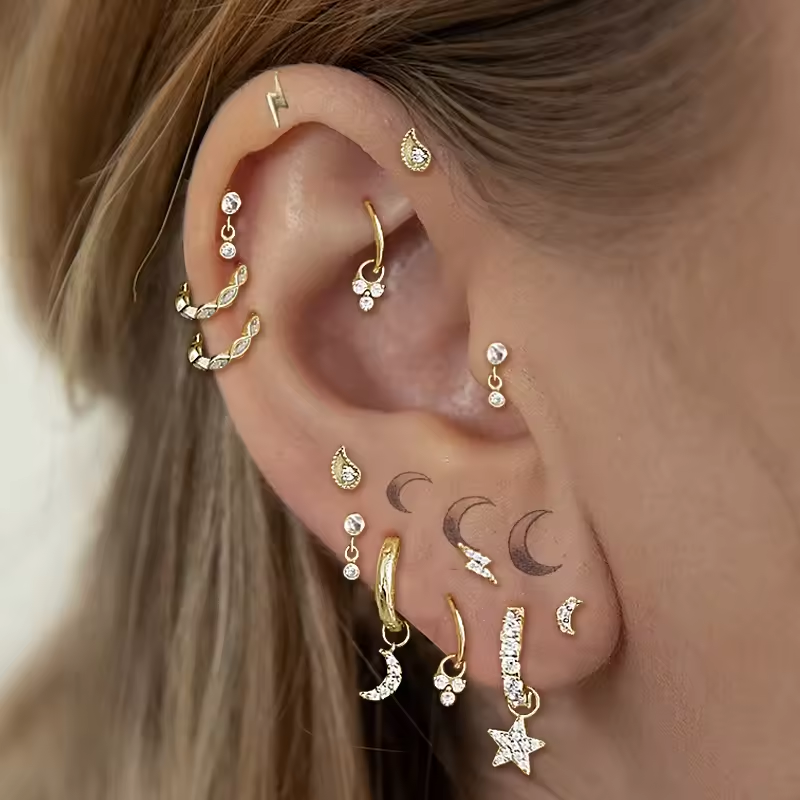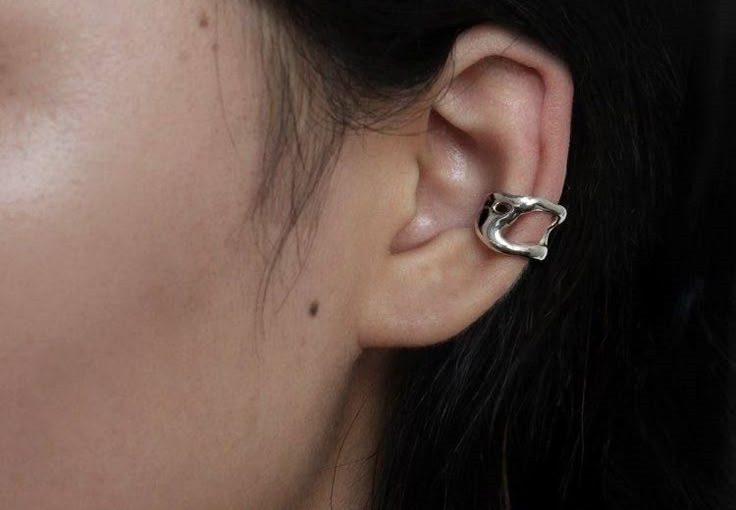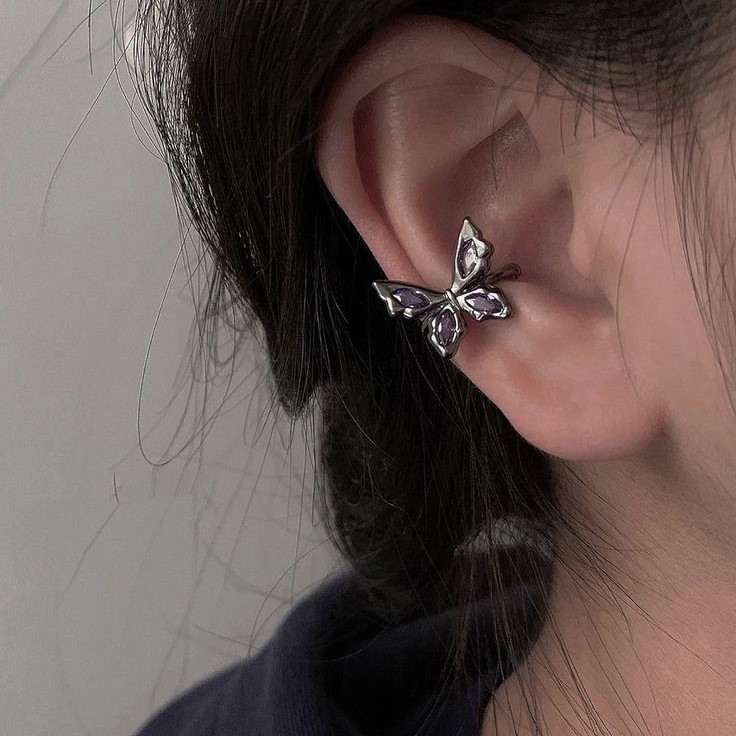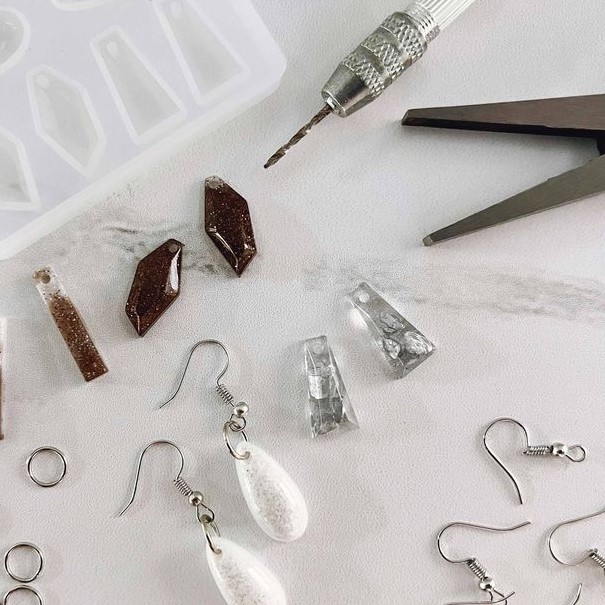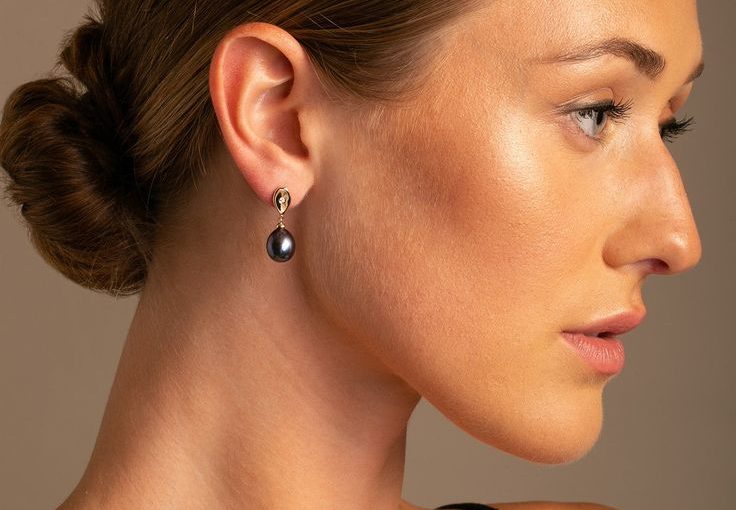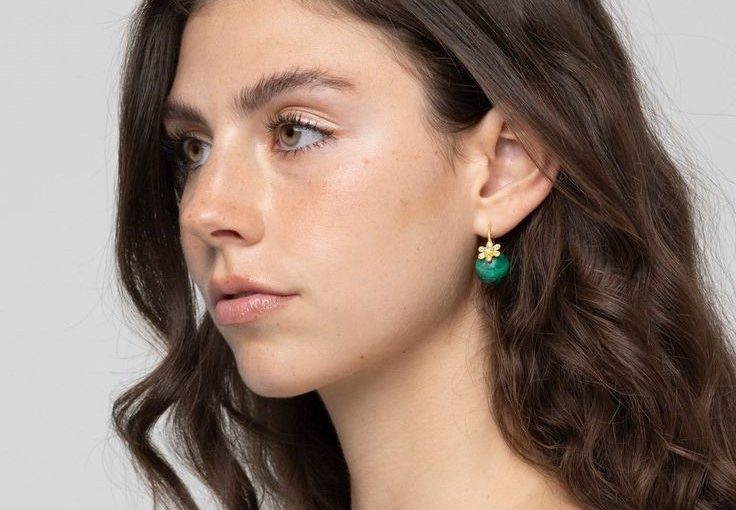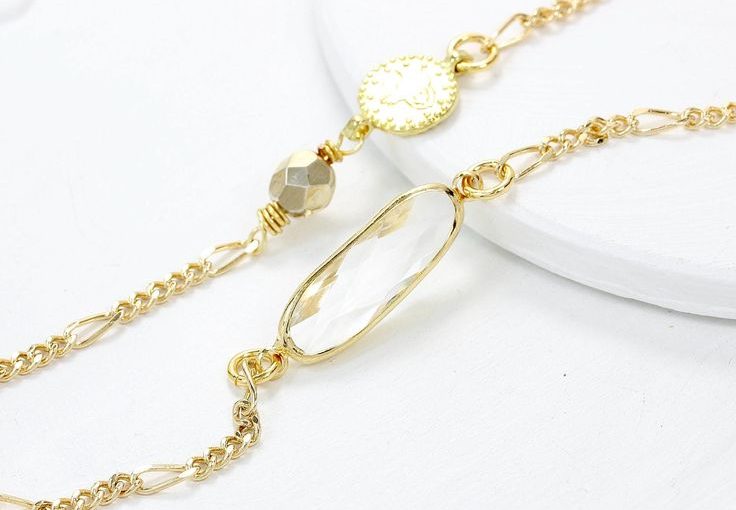The Timeless Appeal of Gold Bracelets
Gold bracelets have been a symbol of status, beauty, and cultural significance for centuries. In 2025, gold bracelets continue to dominate the jewelry market, blending traditional craftsmanship with modern innovation. Whether you’re looking for a delicate chain or a bold statement piece, gold bracelets offer versatility for every occasion. This guide will explore the latestbracelets trends, styling techniques, and how to choose the perfect one that complements your wardrobe and lifestyle.
The resurgence of gold bracelets in 2025 is driven by their ability to transition seamlessly from casual to formal settings. From minimalist designs to intricate patterns, bracelets reflect personal style while maintaining universal appeal. Understanding their historical context and contemporary adaptations can help you make informed choices that align with your aesthetic.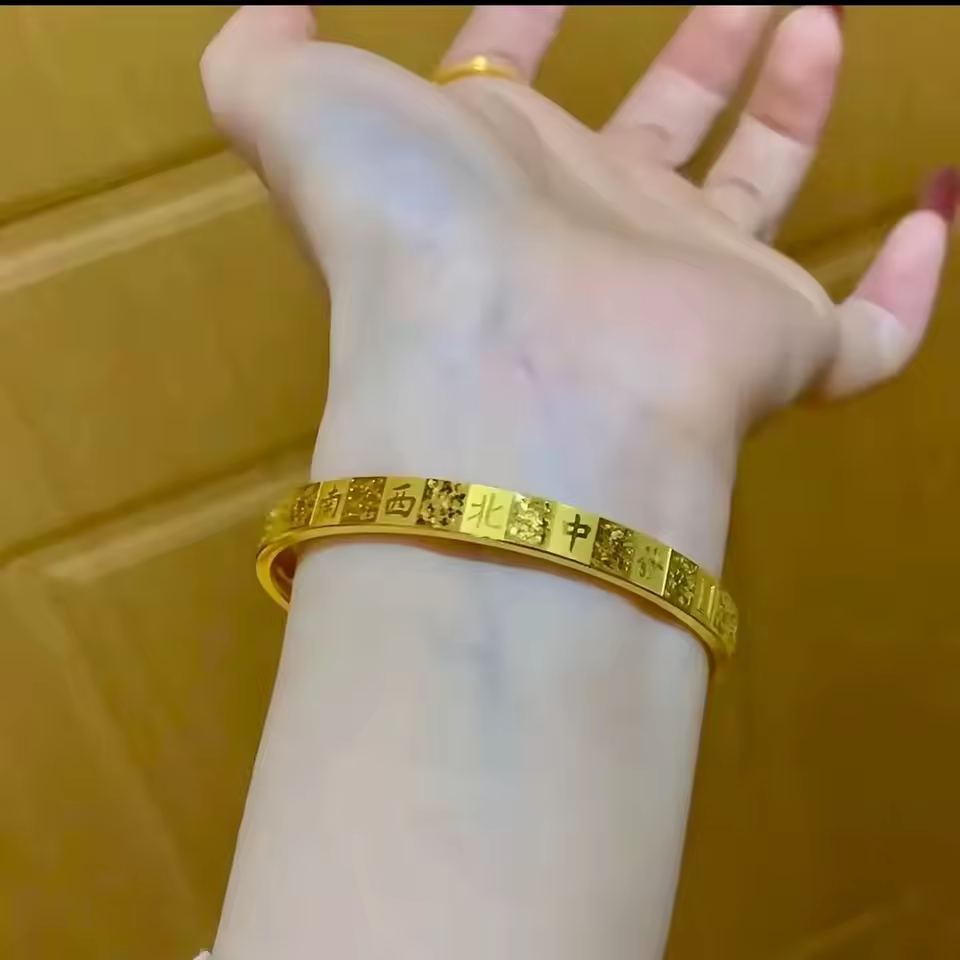
Key Trends in Bracelets for 2025
The bracelets of 2025 are defined by innovation and sustainability. Here are the top trends to watch:
- Sustainable Materials: Brands are using recycled gold and ethical sourcing to create eco-friendly bracelets.
- Tech-Integrated Designs: Smart bracelets with hidden tech features like Bluetooth connectivity are gaining traction.
- Mixed Metal Layering: Combining yellow, white, and rose bracelets adds dimension to outfits without overwhelming the look.
- Bold Statement Pieces: Oversized bracelets with pendants or textured details are perfect for making a dramatic impact.
- Cultural Inspirations: Designs inspired by global cultures, such as Native American beadwork or Japanese kintsugi repair motifs, add unique storytelling to bracelets.
For example, a bracelet with a minimalist chain suits a classic, timeless aesthetic, while a layered set of bracelets with geometric patterns offers a modern edge.
How to Wear Gold Bracelets: Styling Tips
Mastering how to wear gold bracelets requires balance between confidence and subtlety. Here are essential techniques:
- For Casual Looks: Pair a gold bracelet with a white T-shirt and jeans for a relaxed, edgy vibe. Opt for a slim, understated design to avoid overwhelming the outfit.
- For Formal Events: Choose a gold bracelet with intricate detailing or precious stones to complement evening gowns or cocktail dresses. A velvet gold bracelet with rhinestones adds glamour without being over-the-top.
- Layering Techniques: Combine multiple gold bracelets of varying lengths and textures for a curated, high-fashion look. For instance, a delicate silver gold bracelet can be layered under a thicker gold chain for contrast.
- Accessories Integration: Use gold bracelets as a focal point by pairing them with minimalistic earrings or a single bold piece of jewelry. Avoid stacking too many heavy accessories to maintain harmony.
For example, how to wear gold bracelets for a casual day might involve a black gold bracelet with a leather jacket and ripped jeans. Conversely, a pearl-encrusted gold bracelet paired with a little black dress creates a sophisticated evening look.
Choosing the Right Gold Bracelet for Your Face Shape
Selecting the perfect gold bracelet involves considering your face shape to enhance your features. Here’s a breakdown:
- Oval Faces: Almost any gold bracelet works, but V-shaped or heart-shaped pendants elongate the face.
- Round Faces: Opt for straight or angular gold bracelets to add definition and balance softness.
- Square Faces: Delicate, curved gold bracelets soften sharp jawlines and add grace.
- Heart-Shaped Faces: Choose wider gold bracelets to draw attention away from the forehead and toward the collarbones.
For instance, a gold bracelet with a diamond-shaped pendant flatters oval faces, while a wide, beaded gold bracelet suits heart-shaped faces. Always test the fit by holding the gold bracelet against your wrist to see how it complements your contours.
Gold Bracelets for Different Occasions
Gold bracelets are incredibly versatile, adapting to various settings with the right styling. Here’s how to wear them:
- Casual Outings: A gold bracelet with a simple chain and a small charm pairs well with athleisure or streetwear.
- Workwear: Choose a sleek, metallic gold bracelet to add polish to blouses or tailored jumpsuits.
- Night Out: Go bold with a gold bracelet featuring crystals, pearls, or unique shapes like skulls or celestial motifs.
- Weddings or Parties: Opt for gold bracelets with luxury finishes like platinum or rose gold, paired with sequined dresses or tuxedos.
For example, a gold bracelet with a minimalist chain works for office wear, while a gold bracelet with a large, sculptural pendant is ideal for a night out.
Materials and Metals: What to Know in 2025
The material of your gold bracelet affects its durability, comfort, and visual appeal. Here are popular options for 2025:
- Yellow Gold: Classic choice for timeless elegance. 18K yellow gold gold bracelets are hypoallergenic and retain value over time.
- White Gold: Affordable and versatile, white gold gold bracelets pair well with both casual and formal attire.
- Rose Gold: Adds a warm, romantic touch. Rose gold gold bracelets are ideal for those with cool undertones.
- Platinum and Palladium: Lightweight and scratch-resistant, these metals are ideal for daily wear.
- Natural Elements: Wood, stone, and leather gold bracelets add an earthy, bohemian touch.

For example, a gold bracelet made from rose gold and diamond accents is perfect for special events, while a wooden gold bracelet with a minimalist design suits outdoor activities.
Gold Bracelet Size Guide: Finding Your Perfect Fit
The size of your gold bracelet should complement your wrist shape and outfit. Here’s a guide:
- Skin-Tight Bracelets: Sit directly on the wrist, ideal for slender wrists or minimalist styles.
- Loose Bracelets: Slightly loose, these gold bracelets sit just below the wristbone, adding volume to smaller wrists.
- Statement Bracelets: Wide, chunky gold bracelets make a bold impact and suit larger wrists or voluminous outfits.
- Adjustable Bracelets: Versatile options that can be tightened or loosened to fit different wrist sizes.
For example, a gold bracelet with a loose fit pairs well with high-wrist sweaters, while a skin-tight gold bracelet enhances the neckline of a plunging dress. Always try the gold bracelet on before purchasing to ensure the size aligns with your preferences.
How to Choose the Right Gold Bracelet for Your Style
Your personal style plays a crucial role in selecting the right gold bracelet. Here’s how to match your aesthetic:
- Minimalist: Opt for thin, smooth chains or subtle gemstone accents.
- Bohemian: Choose beaded, braided, or nature-inspired gold bracelets.
- Luxury: Invest in high-end pieces with diamonds, sapphires, or intricate engravings.
- Retro: Embrace vintage designs like Art Deco or Victorian-era motifs.
For instance, a gold bracelet with a minimalist chain works for everyday wear, while a gold bracelet with a large, sculptural pendant is ideal for a night out.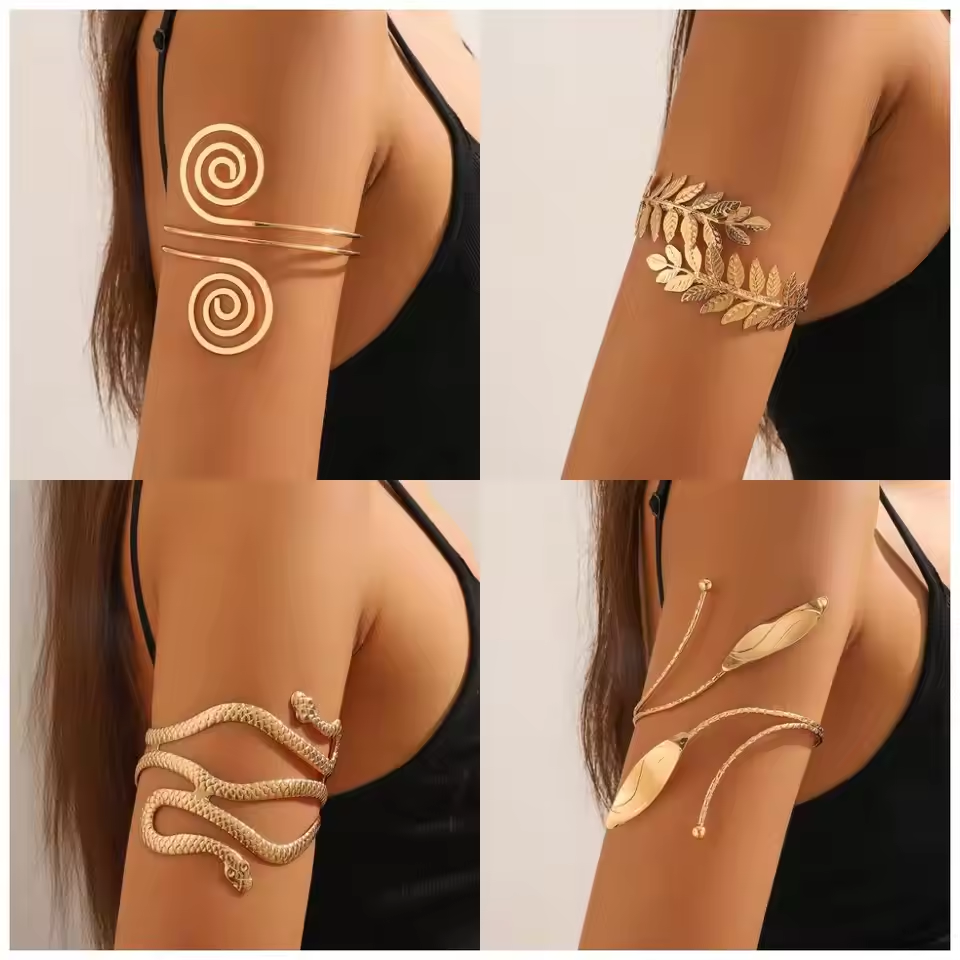
Troubleshooting Common Gold Bracelet Issues
Even the best gold bracelets can face issues. Here’s how to address common problems:
- Tightness: If your gold bracelet feels constricting, opt for adjustable clasps or choose a slightly looser fit.
- Allergies: Hypoallergenic materials like titanium or surgical steel prevent skin irritation.
- Damage Prevention: Store gold bracelets in soft pouches to avoid tangling or scratching.
- Matching Conflicts: If your gold bracelet clashes with other jewelry, simplify your look by removing earrings or bracelets.
For instance, a gold bracelet made from nickel-free silver is less likely to cause allergies, while a gold bracelet with a lobster clasp ensures easy adjustments. Regular maintenance extends the life of your gold bracelet and keeps it looking pristine.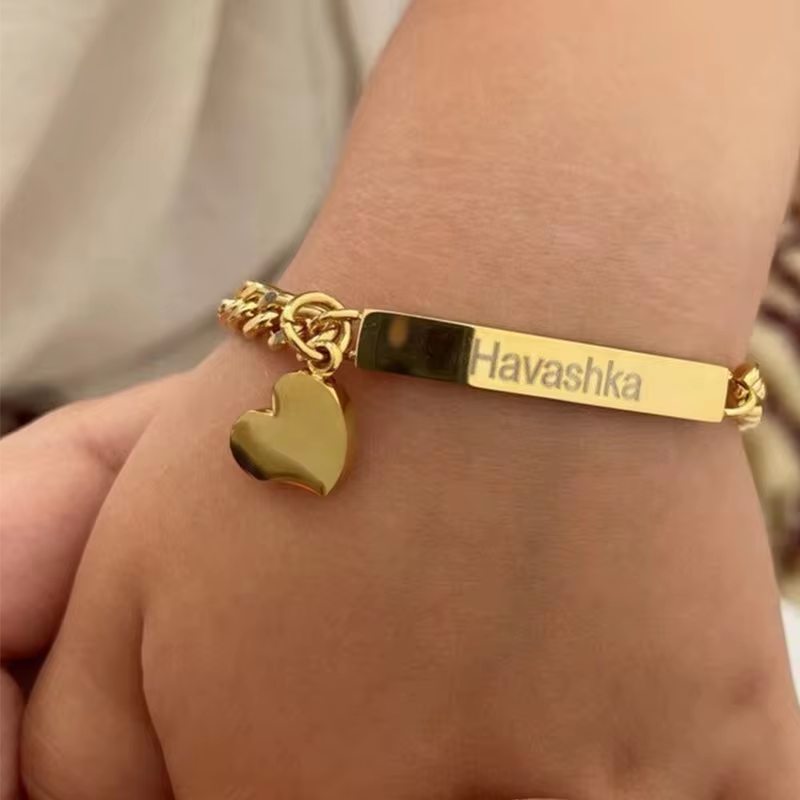
The Future of Gold Bracelets: Innovations to Watch
The gold bracelets of 2025 are embracing sustainability and technology. Here are emerging trends:
- Upcycled Materials: Brands are repurposing old jewelry into new gold bracelets, reducing waste and promoting circular fashion.
- Smart Jewelry: Gold bracelets with built-in health trackers or Bluetooth connectivity are gaining traction.
- Customizable Designs: Online platforms now allow customers to design their own gold bracelets with personalized engravings or 3D-printed elements.
- Gender-Neutral Styles: More brands are offering unisex gold bracelets with versatile cuts and colors to cater to all genders.
These innovations reflect the growing demand for sustainability, functionality, and personalization in gold bracelets. Whether you prefer classic styles or cutting-edge designs, there’s a gold bracelet for every taste and need.
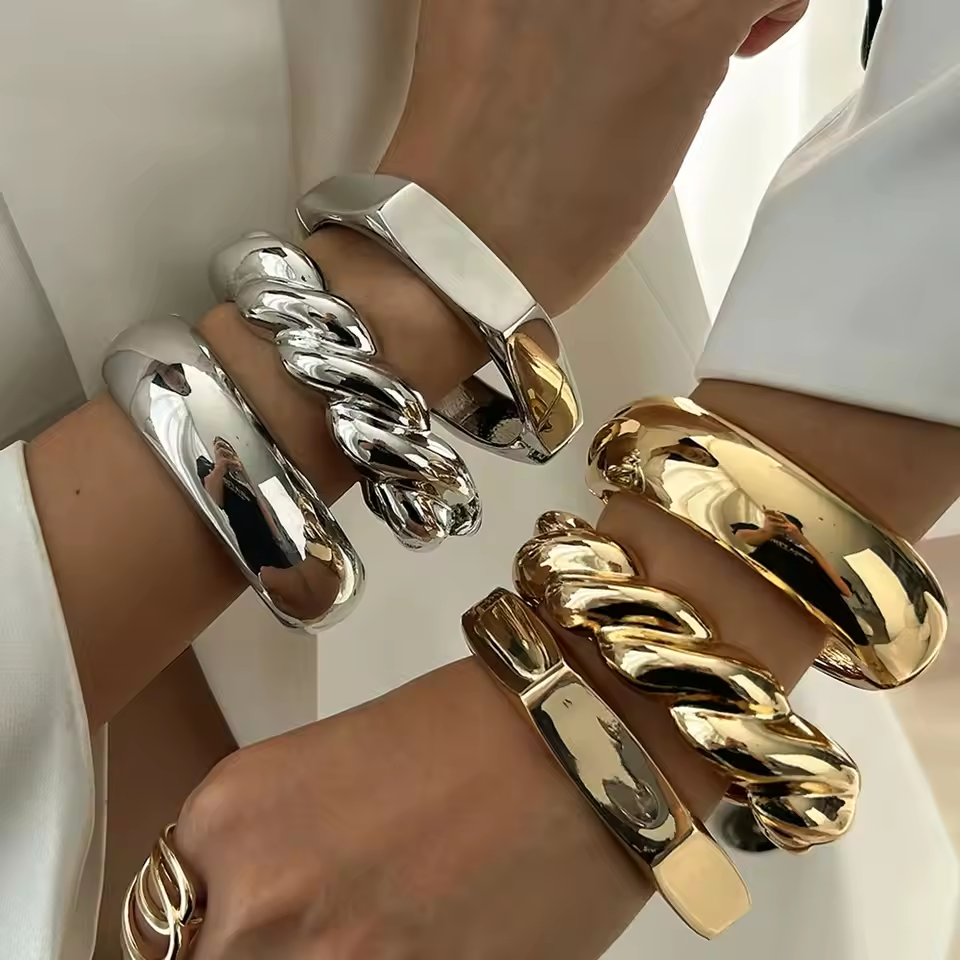
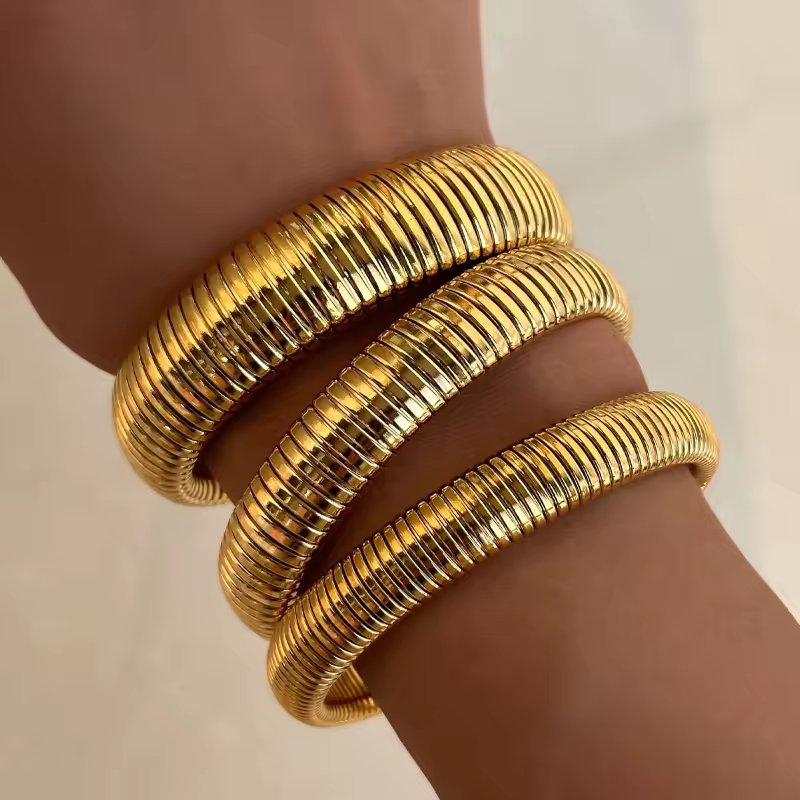 Design Trends in 2025 Bracelets
Design Trends in 2025 Bracelets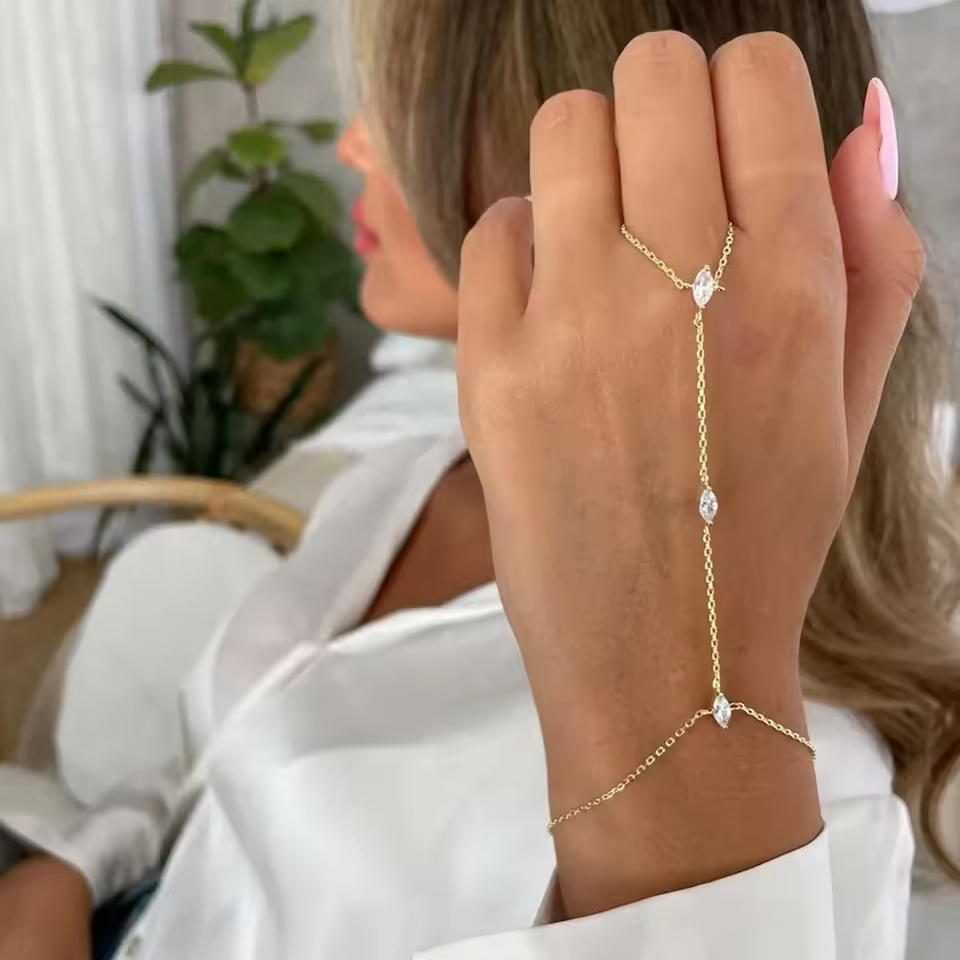 Choosing the Perfect 2025 Bracelet
Choosing the Perfect 2025 Bracelet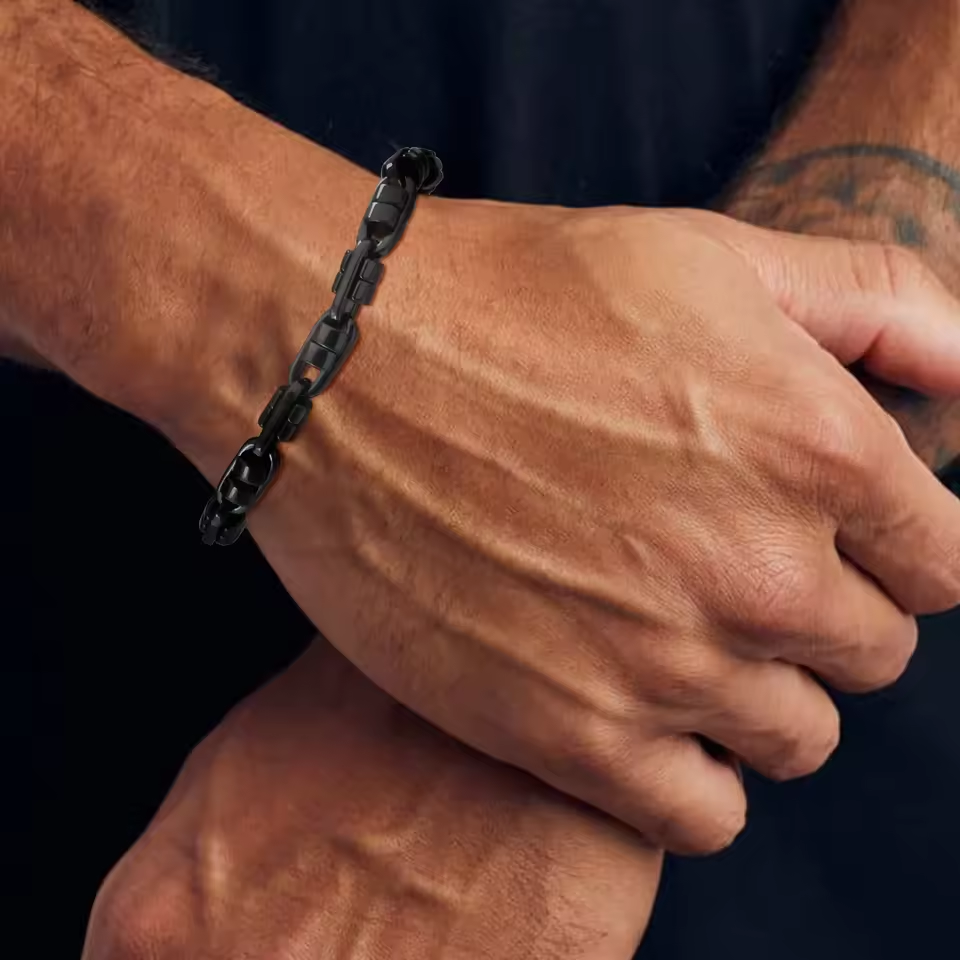 Styling Tips: How to Wear 2025 Bracelets
Styling Tips: How to Wear 2025 Bracelets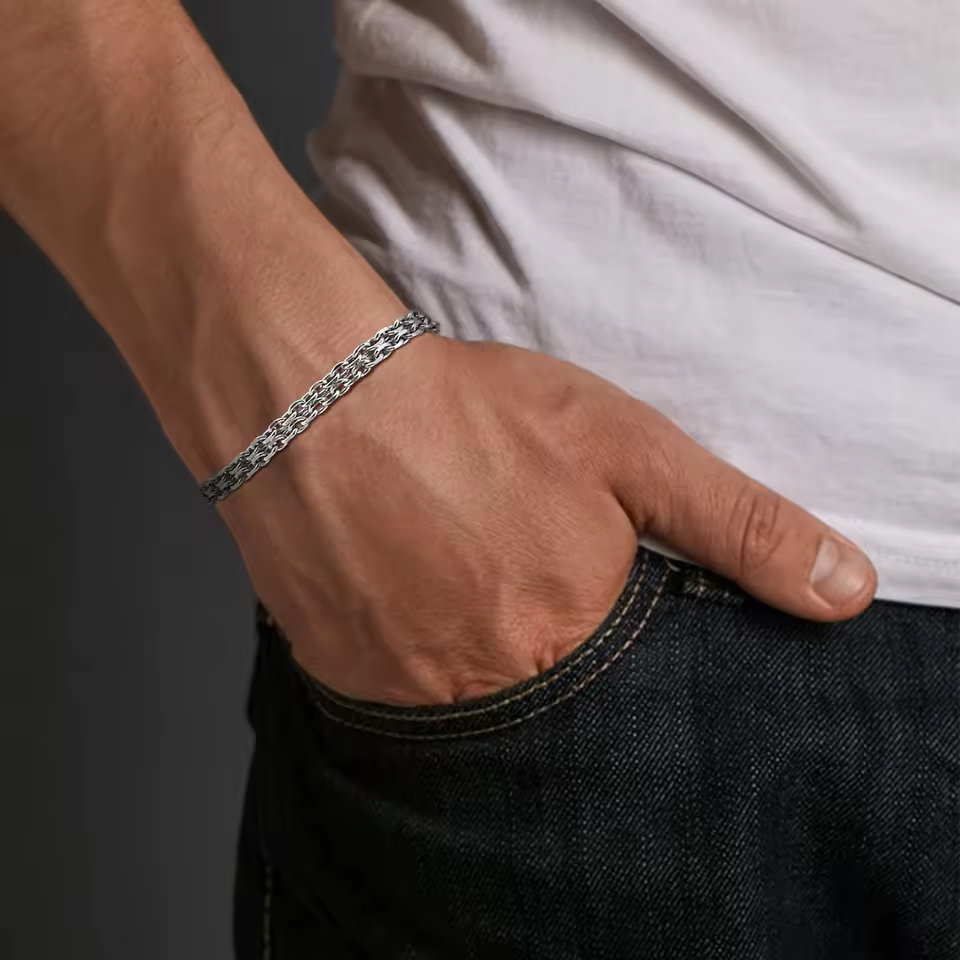

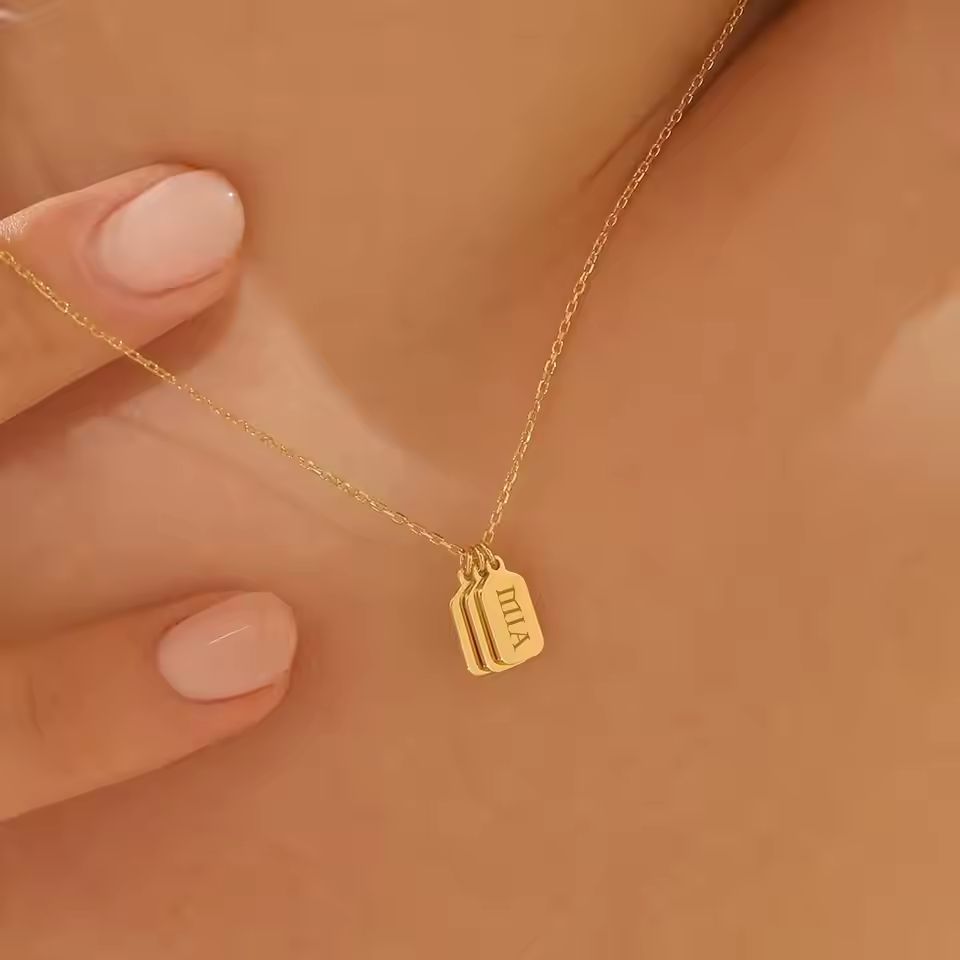 Types of Friend Necklaces: Designs for Every Bond
Types of Friend Necklaces: Designs for Every Bond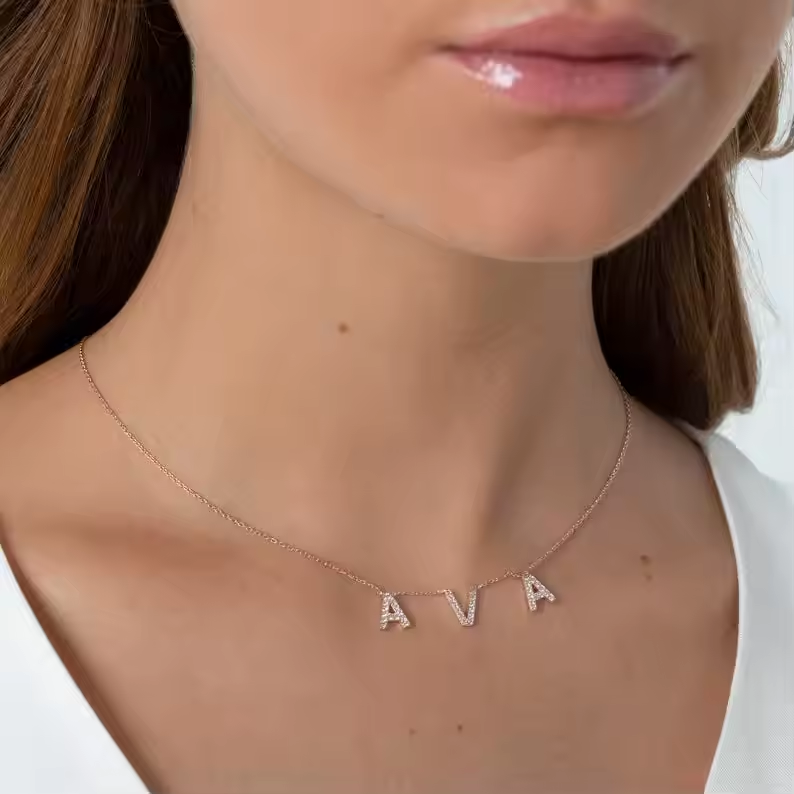 Custom Friend Necklaces: Engraving and Personalization Trends
Custom Friend Necklaces: Engraving and Personalization Trends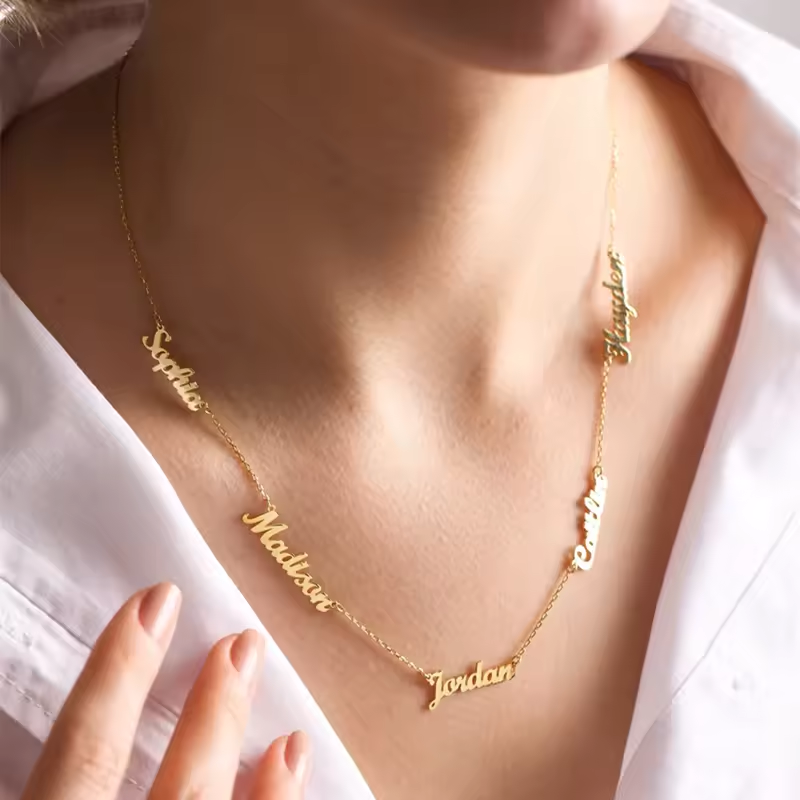 Troubleshooting Common Issues
Troubleshooting Common Issues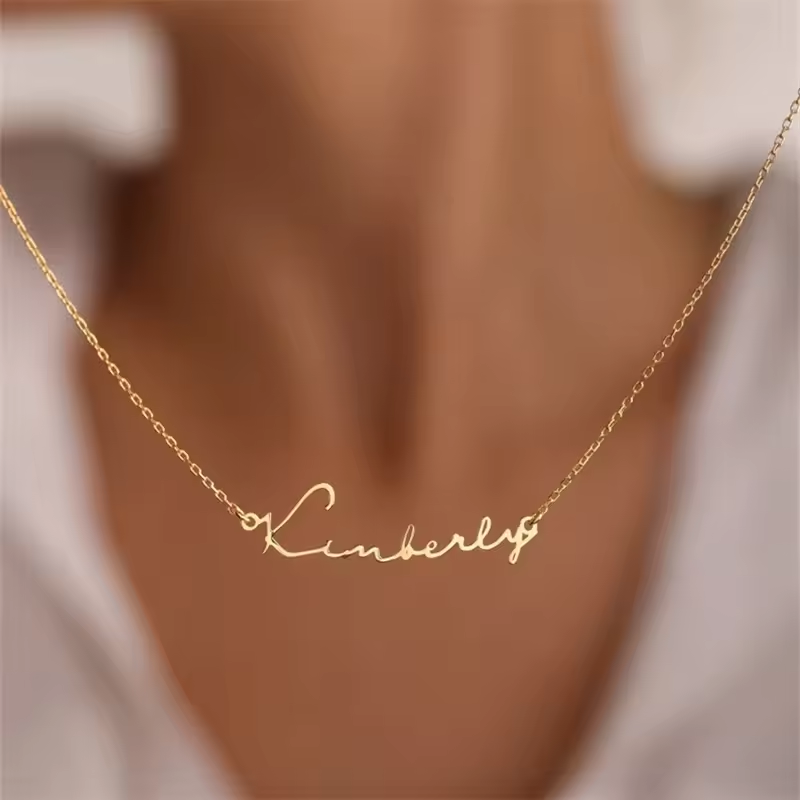 Unique Best Friend Necklaces for 2025: Bold and Personalized
Unique Best Friend Necklaces for 2025: Bold and Personalized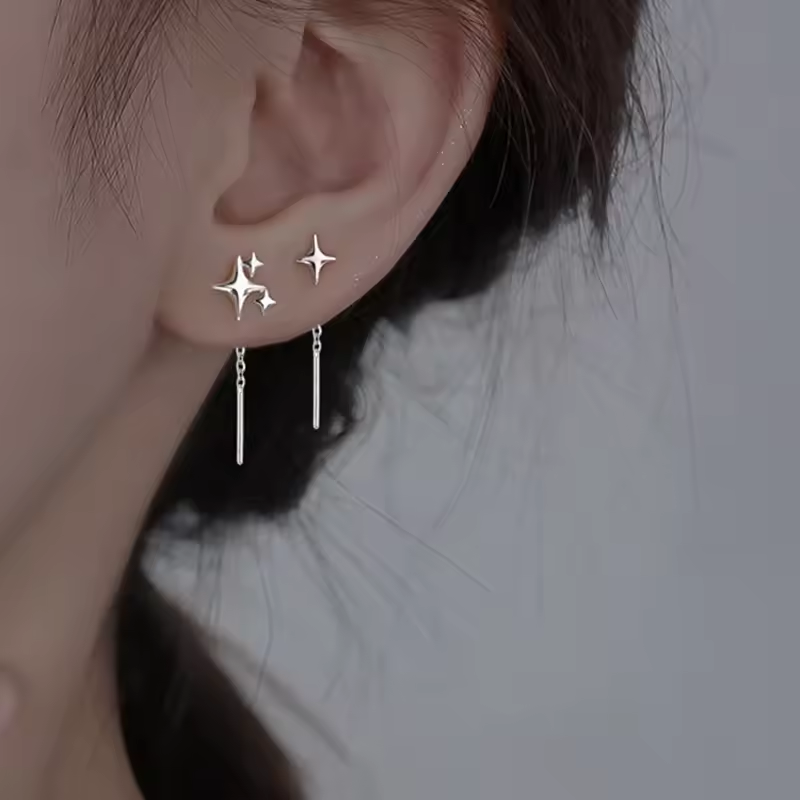
 How to Choose the Perfect Earrings for Your Face Shape
How to Choose the Perfect Earrings for Your Face Shape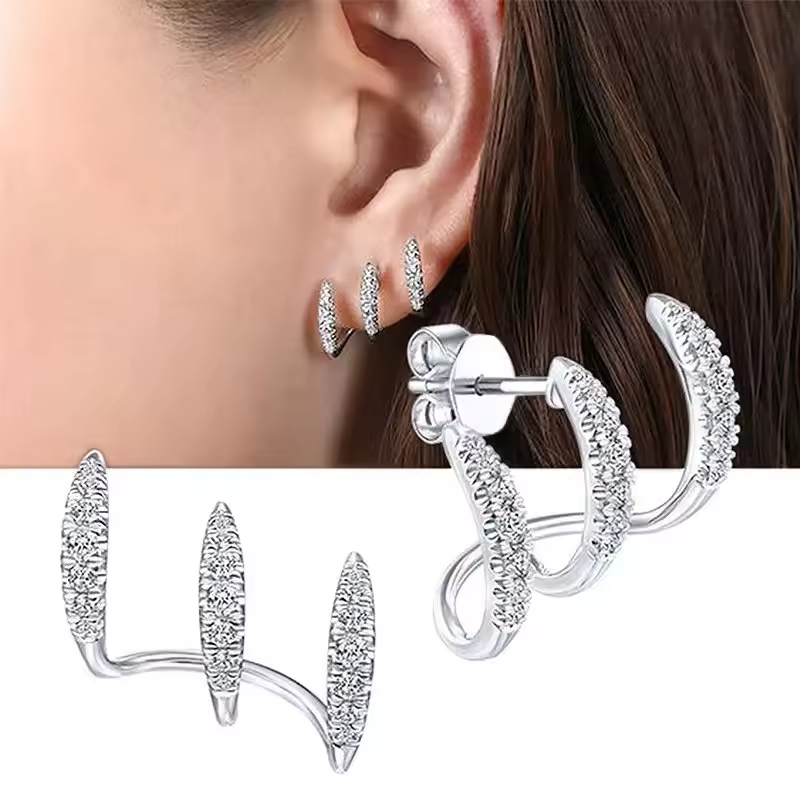 3. Brand-Specific Recommendations
3. Brand-Specific Recommendations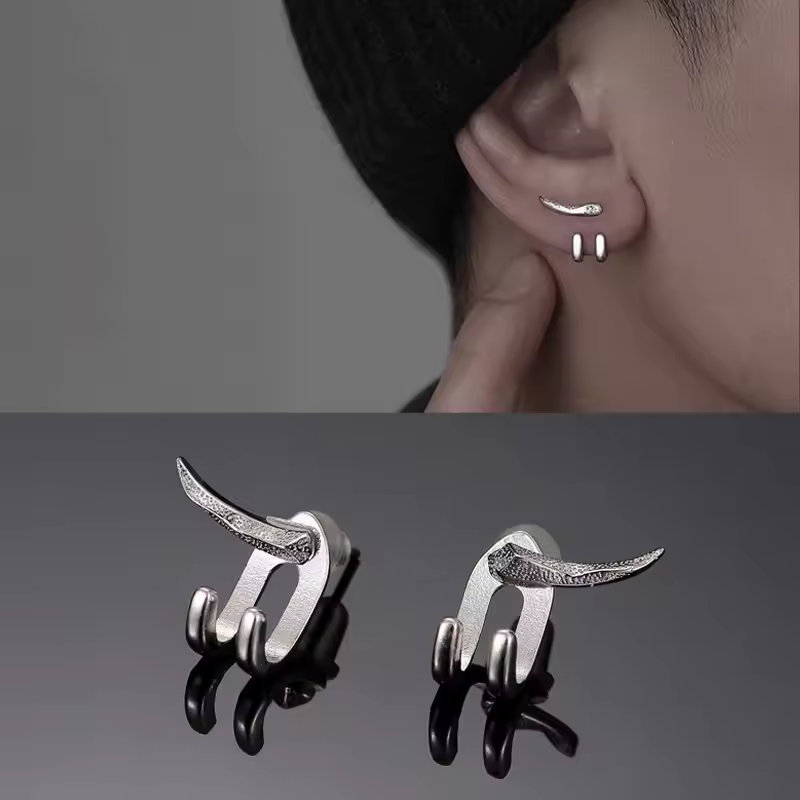 2. Advanced Cleaning Techniques
2. Advanced Cleaning Techniques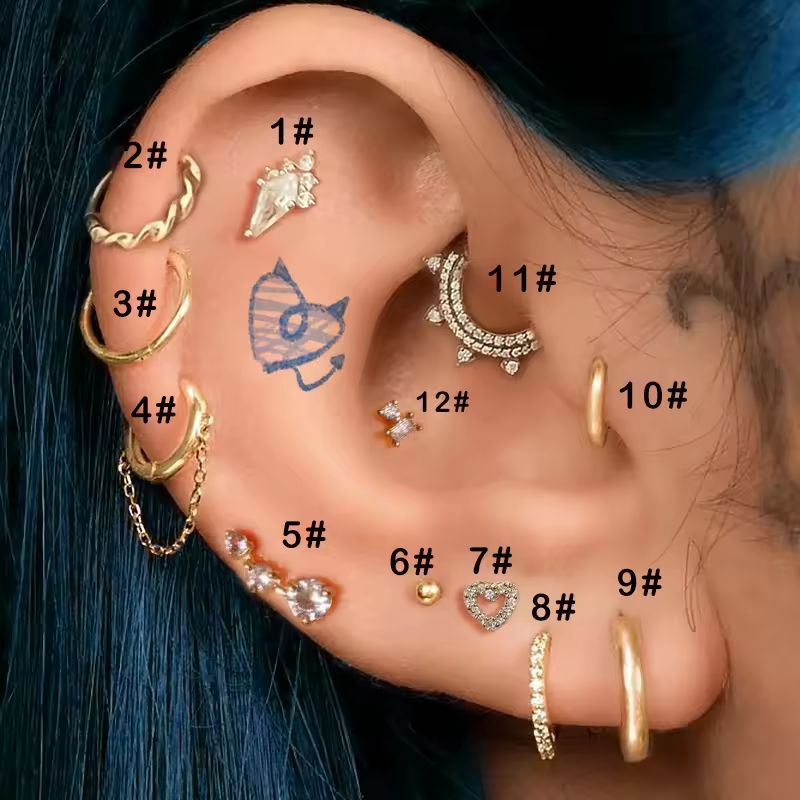 2025 Earrings Trends: What’s Hot This Year
2025 Earrings Trends: What’s Hot This Year